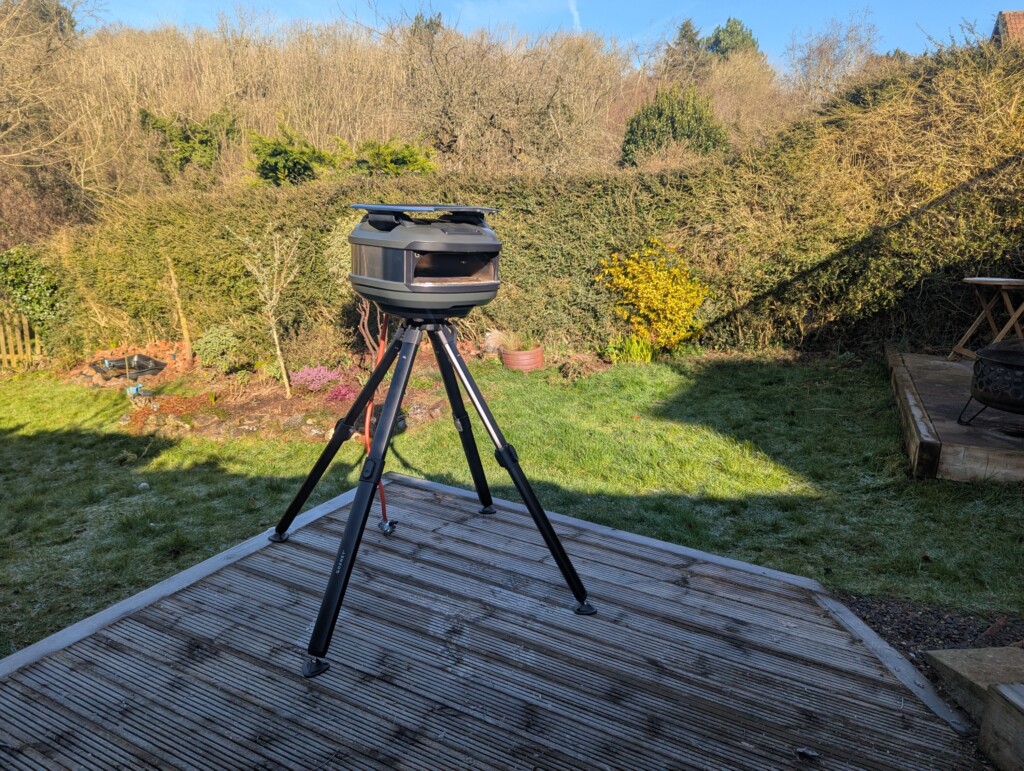Don’t miss a single adventure
Sign up to our free newsletter and get a weekly BASE hit to your inbox
Other posts by this author

Review • Francesco Guerra • Oct 11, 2024
Review: Sea to Summit Ether XT Extreme Sleeping Mat
A sleeping pad offering excellent insulation and comfort for cold-weather camping!

Review • Francesco Guerra • May 17, 2024
Review: Suunto Vertical Titanium Solar
The new Suunto® Vertical is a large screen adventure watch for outdoor expeditions with apparently the most resilient battery out there.

Review • Francesco Guerra • Dec 12, 2023
Review: Marmot Tungsten UL 1 Person Backpacking Tent
An ultralight, easy-to-use tent for solo adventures when every kilogram counts
You might also like

Review • Matthew Pink • Jun 06, 2025
Men’s Gilet Buyer’s Guide Summer 2025
Comparing and contrasting gilets from some of the main players in adventure

Review • Matthew Pink • Mar 14, 2025
Review: Gozney Tread portable pizza oven
A gas-fired pizza oven for fine food on the road or in the wild.

Review • Matthew Pink • Jan 06, 2025
Review: Salomon DRX Defy GRVL running shoe
The Salomon DRX Defy GRVL blurs the line between road and trail, it’s designed to handle the wild without making you feel like you've strapped bricks to your feet.















